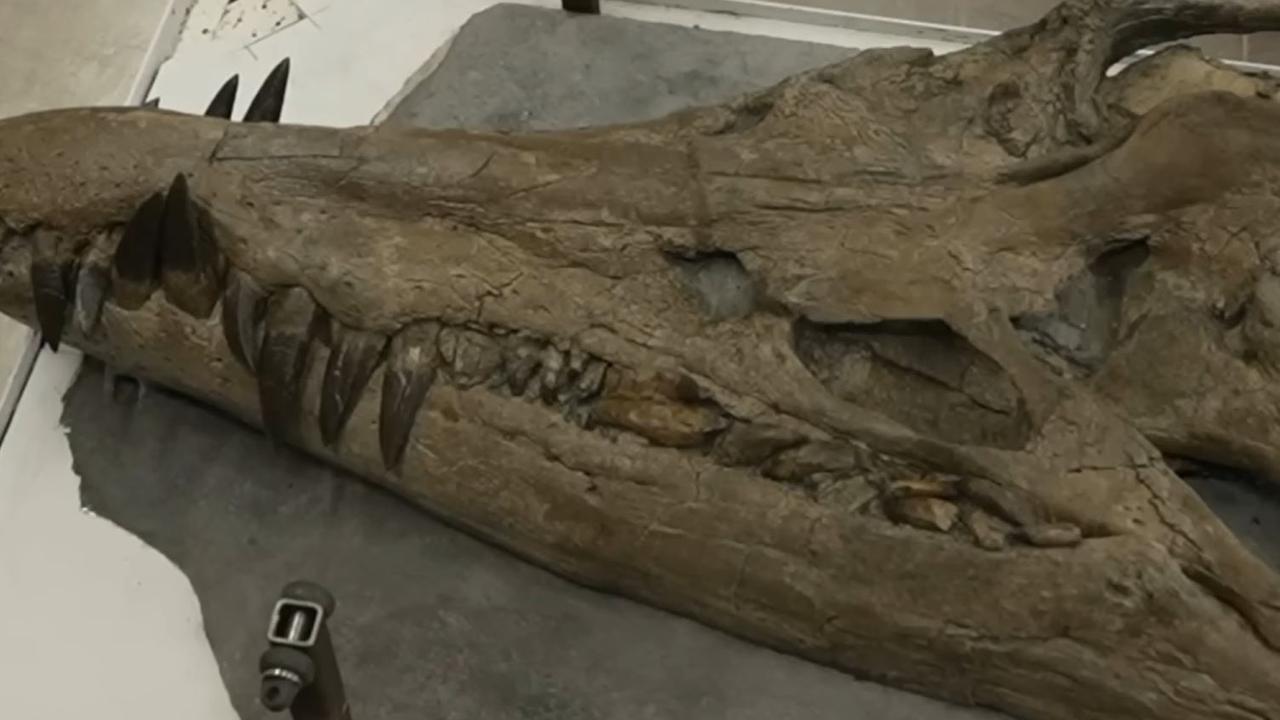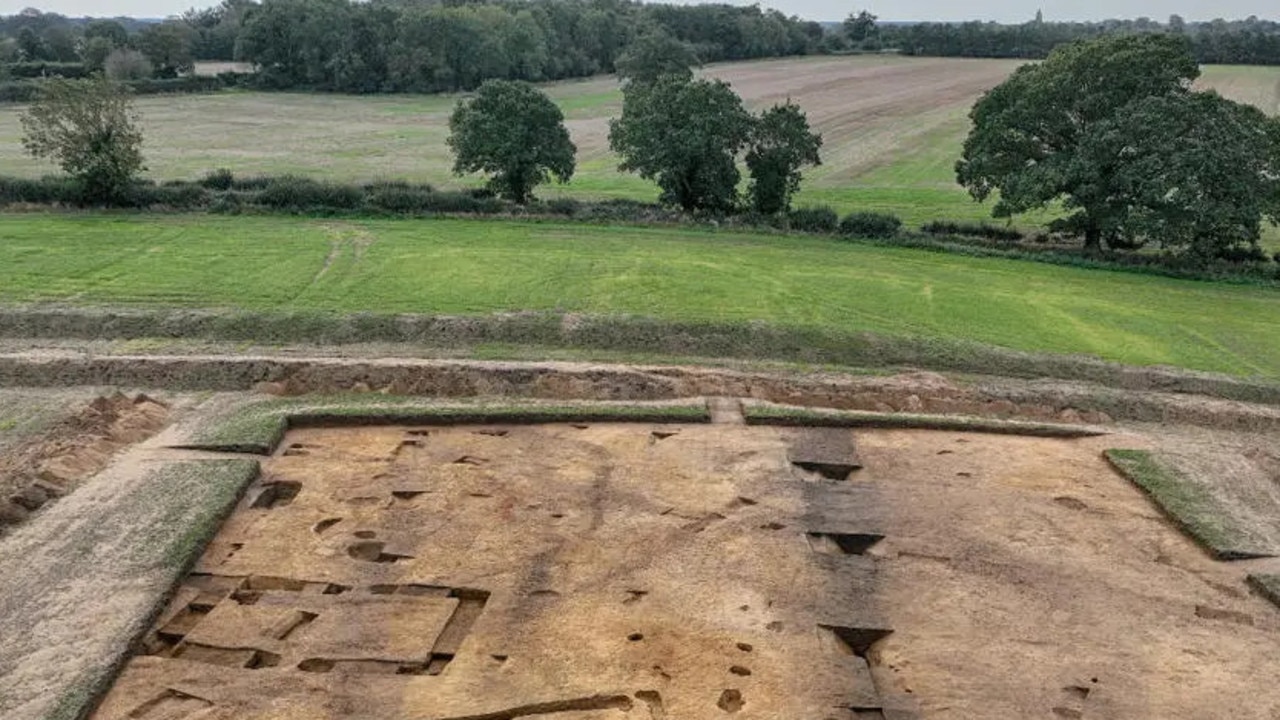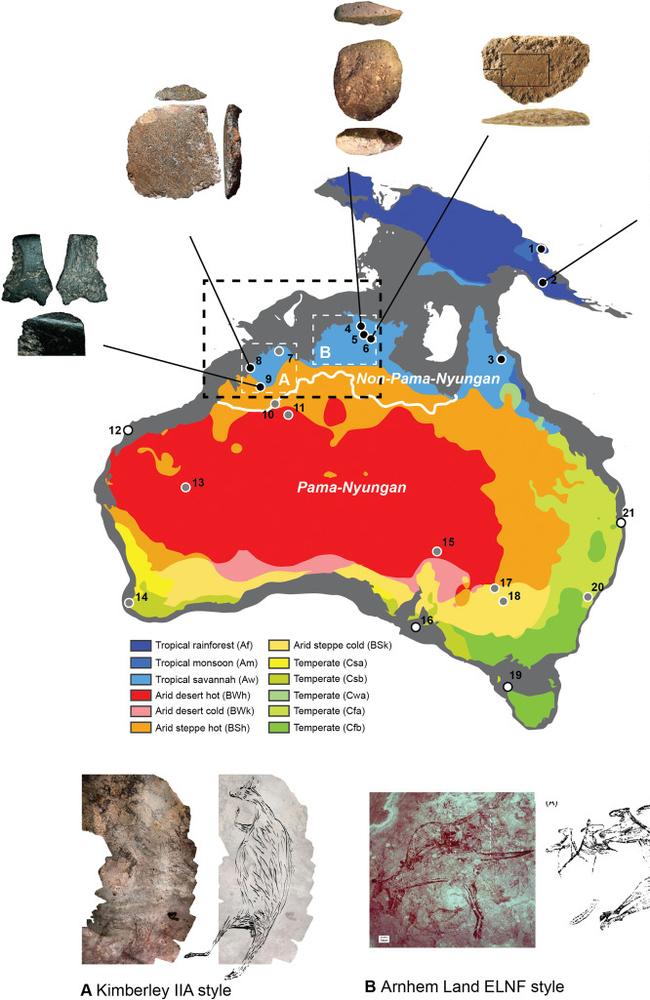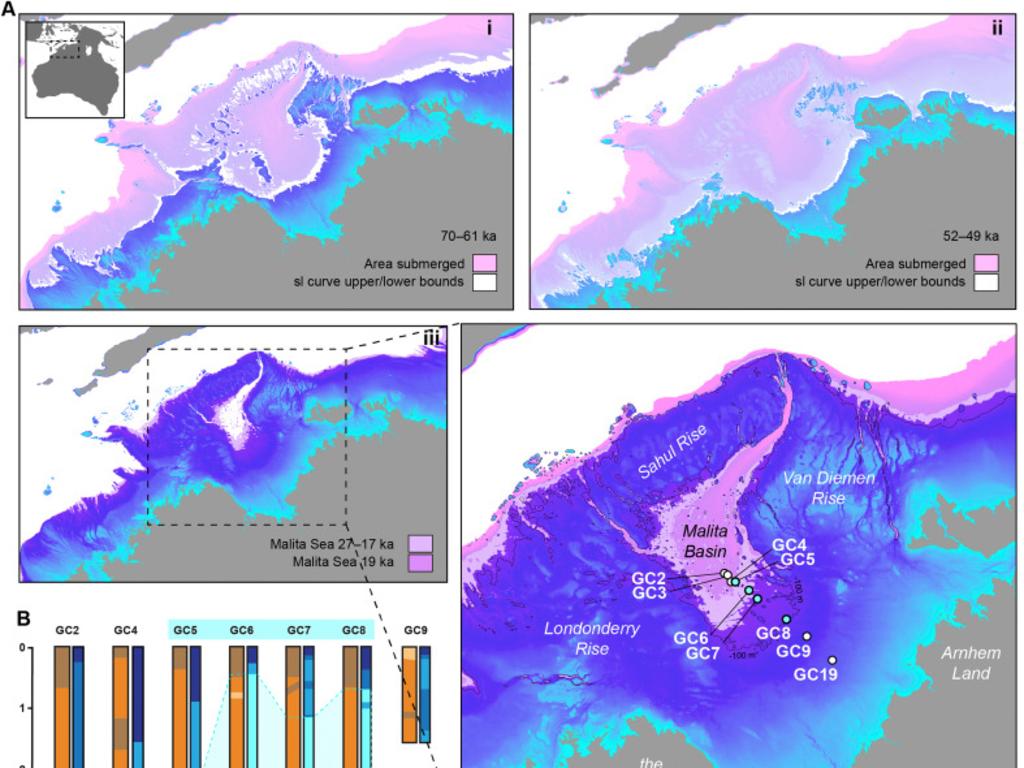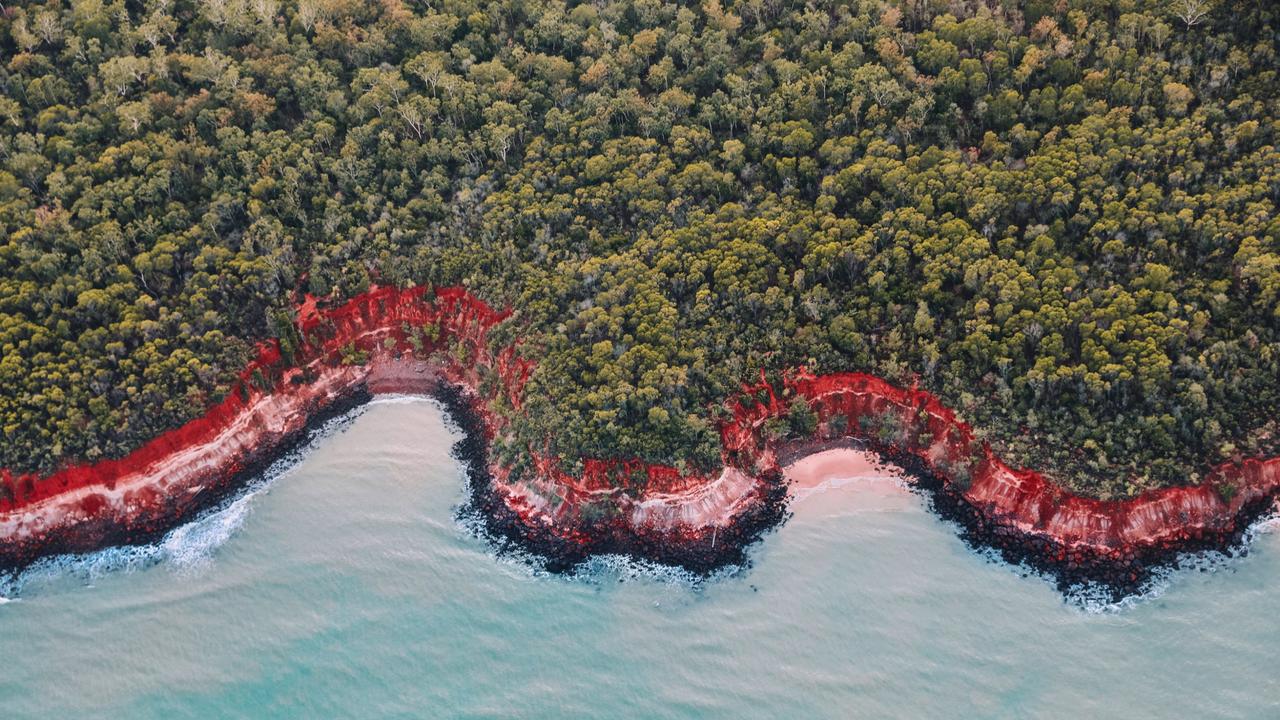The World's 8th Continent has just been Discovered
A new continent has just been discovered. This groundbreaking scientific discovery rewrites the maps as we expand our understanding of Earth's geology. The discovery of the continent of Zealandia, hidden beneath the waves of the South Pacific Ocean, is opening new frontiers in geological research and our perception of what constitutes a continent.
Zealandia has long been suspected to exist, but it wasn't until now that scientists have gathered enough compelling evidence to confirm its status as a separate continent. This discovery includes a culmination of decades of research, seismic studies, and underwater exploration. The journey to recognizing Zealandia as a continent was a complex and collaborative effort involving geologists, oceanographers, and marine biologists from various countries.
The History of Zealandia
Interestingly, the concept of Zealandia wasn't entirely new, even in Roman times. While the ancient Romans didn't have the scientific tools and knowledge we possess today, there are historical records that suggest they theorized the existence of distant lands beyond known continents. Roman authors like Pliny the Elder and Pomponius Mela wrote about the idea of terra australis incognita, a vast and mysterious southern land that they believed balanced the Earth's northern continents. Although their understanding was more mythological than scientific, it's fascinating to consider that Zealandia's existence may have been pondered by ancient thinkers long before modern science confirmed its reality.
In the realm of exploration and discovery, it's worth mentioning the Dutch explorer Abel Tasman, who played a significant role in uncovering parts of the South Pacific that would later become linked to the Zealandia continent. In the 17th century, Tasman's voyages to the region revealed islands like Tasmania and New Zealand, which now border Zealandia. Although he never set foot on Zealandia itself, his expeditions helped pave the way for future exploration and understanding of this submerged continent.
Zealandia and the Continental Drift
The theory of continental drift was proposed by Alfred Wegener in the early 20th century. This theory posited that continents were not fixed but moved slowly over geological time. While Wegener's idea initially faced skepticism, it eventually gained acceptance as scientists gathered more evidence supporting the idea of tectonic plate movement.
Zealandia's existence as a continent was first hypothesized in the mid-20th century when geologists noticed similarities between the geology of New Zealand and New Caledonia, which suggested a submerged landmass connecting them. However, confirming Zealandia's status as a continent required more than just surface-level similarities.
One crucial piece of evidence came from seafloor mapping and bathymetry studies. Advanced sonar technology allowed scientists to create detailed maps of the seafloor, revealing vast underwater plateaus, mountain ranges, and continental crust. Zealandia's unique geological features, including its distinct crust, were gradually unveiled through these mapping efforts.
What Makes Zealandia a Continent?
One of the key factors that set Zealandia apart from mere underwater landmasses was its well-defined and separate crust. While underwater regions like the Sargasso Sea have been identified, Zealandia exhibited the characteristics of a continent, including a stable geological structure, a clear separation from surrounding tectonic plates, and the presence of both continental and oceanic crust.
Additionally, geological sampling provided further evidence of Zealandia's continental status. Rock samples collected from the seafloor confirmed the presence of continental material, including granite and sedimentary rocks, which are typically found on continents rather than on the seafloor.
The discovery of Zealandia had significant implications beyond just updating world maps. It shed light on the complex processes of plate tectonics and the evolution of continents. Scientists could now study Zealandia to better understand the mechanisms driving continental drift and the history of Earth's geological evolution.
Furthermore, Zealandia's recognition as a continent sparked discussions about maritime boundaries and resource management in the region. Countries like New Zealand, New Caledonia, and Australia found themselves at the center of debates regarding jurisdiction, fishing rights, and potential mineral resources within Zealandia's continental shelf.
The 2023 discovery of Zealandia is a monumental moment in the field of geology, confirming the existence of a new continent beneath the waves of the South Pacific Ocean. It represents the culmination of decades of scientific inquiry, technological advancements, and international collaboration. Zealandia's recognition not only expanded our understanding of Earth's geology but also raised important questions about resource management and territorial boundaries in this newly acknowledged part of our planet. This discovery will undoubtedly continue to shape scientific research and international relations in the years to come.
Article
https://www.cryptoanthropologist.com/2023/09/new-continent-zealandia-found.html




